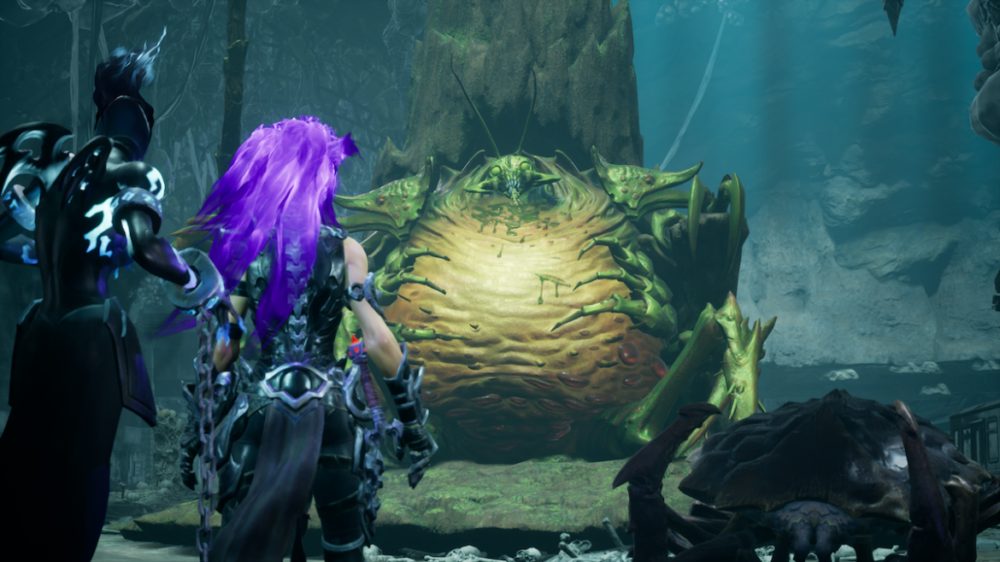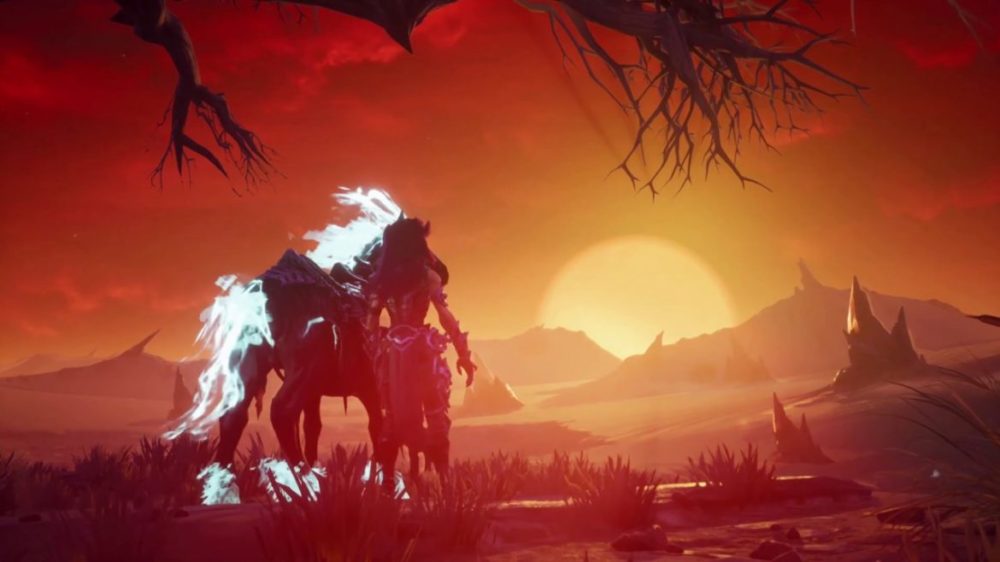TL;DR
Darksiders 3 introduces Fury, a volatile new Horseman on a quest against the Seven Deadly Sins in a post-apocalyptic Earth. While it retains the core action-RPG elements and boasts improved visuals and challenging boss fights, this installment polarizes players with a significantly higher difficulty and a removed in-game map, intended to promote exploration but often leading to frustration. Despite some areas feeling sparse and a loss of the series' earlier dynamism, Darksiders 3 offers a compelling, albeit demanding, experience. Discover if this darker, more focused entry lives up to its predecessors in our full review!
Darksiders was a surprising standout title of the previous console generation. Since THQ Nordic acquired the license (and the name, from the now-defunct THQ), they have released excellent 4K remasters of the first game, Darksiders: Warmastered Edition, and the second, Darksiders 2: Deathinitive Edition (both currently available on Xbox Game Pass). Darksiders 3 represents THQ Nordic’s initial contribution to the trilogy (with hopes for a fourth installment), developed internally by Gunfire Games, who also handled the remaster projects.
In Darksiders 3, players are introduced to Fury, the third horseman of the apocalypse. Departing from the traditional Famine, Fury embodies the wrathful nature implied by her name. A volatile and impatient warrior, she holds little regard for either The Charred Council (tasked with maintaining cosmic balance) or her brothers, War and Death (protagonists of the first and second games, respectively). Fury is dispatched to a post-apocalyptic Earth to confront the Seven Deadly Sins (Pride, Greed, Lust, Envy, Gluttony, Wrath, and Sloth), only to discover a more complex reality beneath the surface – a familiar theme in the ongoing power struggle between angels and demons.
Darksiders 3 largely maintains the framework established by the first game and the moderately repetitive second. It features a third-person perspective, upgradeable weaponry, the acquisition of souls (exchanged for upgrades with Vulgrim), and engaging boss encounters. However, some significant differences may polarize players. Notably, the game presents a considerably higher difficulty level than its predecessors. Selecting the easiest difficulty is advisable, as even then the challenge approaches that of Dark Souls on higher settings. Furthermore, the developers removed the map, intending to “encourage exploration rather than relying on map markers.” While the concept is valid, the implementation proves less satisfying. The numerous available paths often lack clear indication, potentially frustrating completionist players. Progressing in one direction can lead to dead ends, necessitating backtracking and alternate routes. The advantage lies in the increased attention to detail and thorough searching, which some will appreciate. However, the prevalence of maps (and waypoints) in successful games highlights their utility.
The world and its content also differ. The presentation in Darksiders 3 exhibits some variety, with an overall improvement in visual fidelity compared to its predecessors (which were developed for older console generations). However, some areas feel sparsely populated, and certain environments lack distinctiveness. While the boss encounters are consistently engaging, challenging, and diverse, the extended corridors can feel desolate, lacking both compelling enemies and opportunities for collecting bonus items. Darksiders 3 adopts a more focused and restrained approach compared to the more whimsical and chaotic earlier entries. This shift is largely successful, although the energetic dynamism of the first game is occasionally missed.
Darksiders 3 provides an entertaining and demanding action-hack’n-slash experience. As previously mentioned, it offers improved visuals, increased difficulty, and a compelling narrative infused with biblical themes. The memorable boss battles, the reasonable degree of puzzle-solving, and the overarching story contribute to a compelling gameplay loop. While certain aspects of the original game are missed, THQ Nordic and Gunfire Games have successfully carved out a unique identity for the third installment, even if the first remains a series highlight. We eagerly await a comprehensive fourth and final chapter, incorporating the strongest elements from each entry: the first game’s engaging gameplay and optional map; the second game’s expansive upgrade system; and the third game’s exceptional boss encounters.





